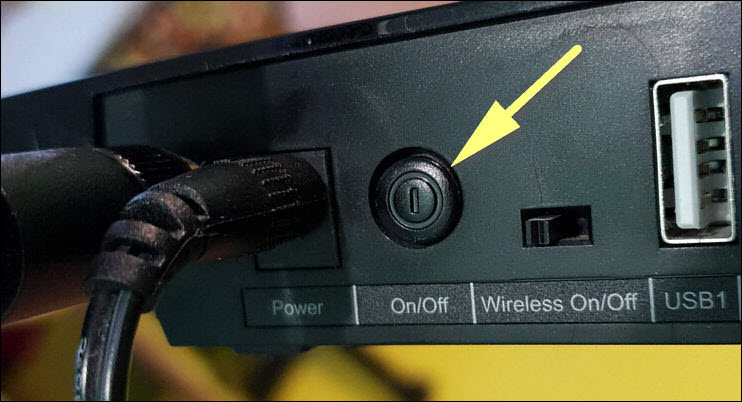

Usually two frapping turns are made on a lashing. It goes around the wraps to pull the wraps tighter.

Some other lashings require more wraps.įrap.

Usually, three wraps are made to form a Square Lashing. A wrap is a turn made around the two spars to hold the spars tightly together. The basic difference between the two terms is that a wrap is made around the spars, while a frap is made around the rope itself.

No matter what kind of lashing you’re making, there are two basic terms you should be familiar with: wraps and fraps. Some methods of making these types are also shown later in this section. In addition to square lashings, you will most likely need to know how to make a diagonal and shear lashings. You may learn that one of these knots is easier to tie, if so, you can stick with the one you are most comfortable with. The only difference between these three different square lashings is the type of knot that is used to start and complete the lashing. All three types of square lashings accomplish the same thing by making three wraps and two frapping turns around the spars being held together. In this section, three different square lashings are shown: (1) the Traditional Square Lashing, (2) the Modified Square Lashing, and (3) the Japanese Mark II. But it is also used to hold the ends of the X bracing to the legs at an angle. For example, square lashings are used when building a trestle to join the ledger and header to the legs at right angles. This lashing is used to join two spars together, usually at a right angle, but not always. The basic type of lashing for most projects is some form of a square lashing. When making camp gadgets for temporary use, you could use lesser quality, less expensive rope or even binder twine for small projects. Yet, sometimes we are faced with a problem-we have to use what is available and economical to get the job done. Therefore, all references to rope used for lashing in this section refer to manila rope. The best choice of rope to use for lashing the type of pioneering projects (shown in this pamphlet) is pure manila rope. In Scouting, we use the same methods but have replaced strips of bark and vines with natural and synthetic fiber ropes. There are still areas in the world where lashing spars (or bamboo poles) is the basic means of building structures. Even today with all our modern ways to hold things together, it is still fascinating to lash sticks or spars together to make a camp gadget or useful structure. We could imagine the first lashing made by man was wrapping a few strips of bark around a stone to hold it to a tree branch to make an ax to hunt and build with. Peschke as presented in the 1998 printing of the 1993 edition of the Pioneering Merit Badge Pamphlet: The following text and some of the drawings are by Adolph E.


 0 kommentar(er)
0 kommentar(er)
